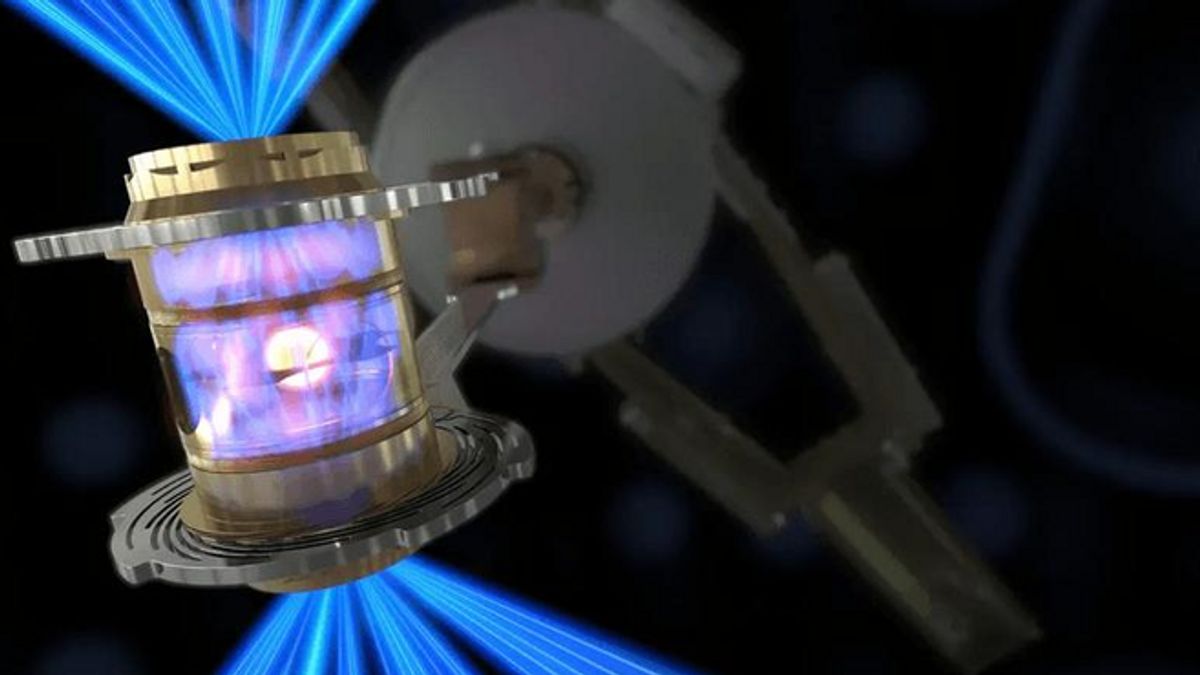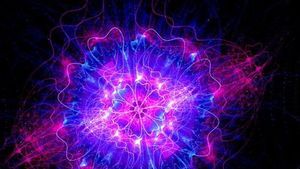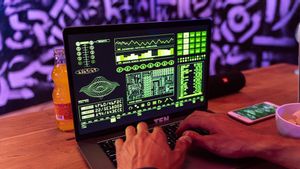
JAKARTA - On December 5, 2022, a research team at the United States National Ignition Facility (NIF) in California recorded data showing that they had successfully achieved nuclear fusion reactions that created more energy than needed to produce them. The reported results are the first in type.
In the world of physics, this is sometimes interpreted as a "free lunch," meaning the nuclear fusion reactor can one day be upgraded to a point where it is capable of producing almost unlimited energy.
If the results reported by the NIF team are correct, their groundbreaking research could be a platform for future technologies that might help us eliminate our dependence on carbon energy and increase the fields where energy scarcity becomes an obstacle, such as artificial intelligence (AI) and quantum computing.
However, as science communicator Carl Sagan said, "The extraordinary demand requires extraordinary evidence." The news of this breakthrough was received with optimism as well as doubts by the physics community. The general consensus, at the time, was that people had to wait until through a review by colleagues before cheering "ureka!" on these findings.
Time to cheer?
A review by colleagues has been carried out, and according to a report in the APA physics journal, several teams have confirmed and replicated the results.
However, remaking experiments is not easy. To achieve the original fusion reaction, NIF scientists used a technique called inertial monitoring fusion. This form of fusion involved bombing heavy hydrogen atoms with nearly 200 lasers, causing them to heat up super and, in the end, diffusion at greater pressures than found in the sun.
관련 항목:
While this initial work has just been confirmed through a review by colleagues, the NIF devices can serve as a platform where fusion reactors can practically be built. It is currently too early to predict when a viable fusion reactor can be achieved.
Next Generation Energy
However, once achieved, the availability of free energy sources of the next generation can accelerate the development of surrounding technologies such as AI and quantum computing. Such fields, where energy barriers are seen as the next major obstacle to overcome, can see a spike in generation progress after these obstacles are removed.
OpenAI CEO Sam Altman said it was impossible to build a future AI system until there was a fusion energy breakthrough. Most likely the work of the NIF team could be the first confirmed step towards the breakthrough technology.
OpenAI may be in the best position to understand the energy needs needed to train systems like ChatGPT, but it should be noted that Altman personally has investments in a private company working on fusion.
The English, Chinese, Japanese, Arabic, and French versions are automatically generated by the AI. So there may still be inaccuracies in translating, please always see Indonesian as our main language. (system supported by DigitalSiber.id)

















